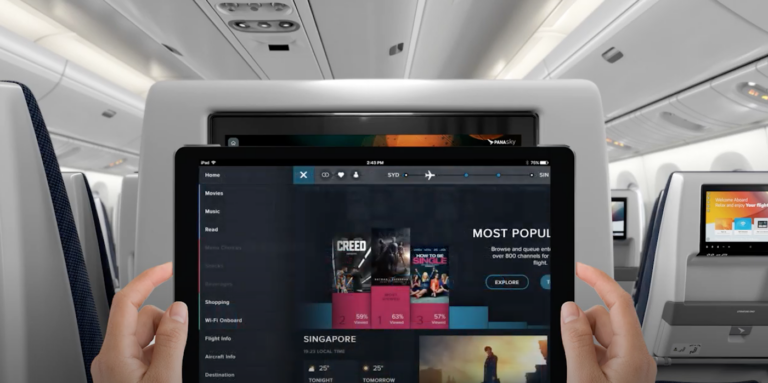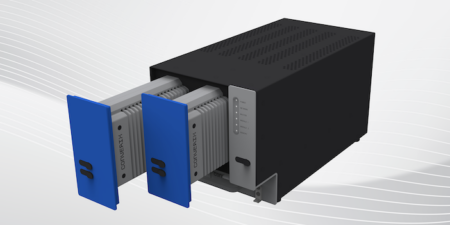The first extreme high-throughput satellite (XTS) has entered service over the Asia-Pacific region – an event that Panasonic Avionics hails as a major evolution in its inflight connectivity offering. The satellite, named APSTAR-6D, is the company’s latest investment in inflight connectivity for passengers on commercial aircraft and forms an integral part of Panasonic Avionics’ third-generation communications (Gen-3) network of high speed, high-bandwidth Ku-band satellites.
The company says it is on track to complete the upgrade of the 2,544 aircraft installed with its connectivity service to the Gen-3 network within the next month. More than 1,000 commercial aircraft are committed to being installed with its connectivity services and linked to the Gen-3 network from the outset.
This high-speed connectivity is not just important for fast inflight wi-fi and video streaming, but also for enabling live television (such as Panasonic’s global live sports channels delivered in partnership with IMG), VoIP applications, 4G phone services, real-time ads delivered through OneMedia, real-time transactions for inflight retail possibilities, and greater bandwidth for crew applications.
Ken Sain, CEO of Panasonic Avionics Corporation describes APSTAR-6D coming online as “a milestone moment”. He added, “Our third-generation communications network delivers the targeted, flexible use of extreme high-throughput capacity, ensuring we can meet the needs of our airline customers with cost-effective and reliable high-bandwidth services well into the future.”
APSTAR-6D was jointly designed by APSATCOM and Panasonic Avionics. It will provide airlines with multiple gigahertz of new Ku-band capacity over China and high-density routes around East Asia, including Tokyo, Seoul, Beijing, Shanghai, Hong Kong, Malaysia, Singapore and Indonesia using narrow XTS spot beams.
APSTAR-6D also provides high throughput satellite (HTS) coverage over its full field of view, including the Pacific Ocean, Indian Ocean, Australia and the Southern Oceans down to Antarctica, which includes areas not served by any other HTS satellite. Tailoring the capacity to areas of demand will improve service and coverage for users and give them the ability to dramatically increase throughput. This targeted capacity opens the doors for airlines to further customise their connectivity offerings to meet the evolving expectations of passengers.
Panasonic Avionics is currently engaged in active and ongoing trials with airlines to demonstrate the high data rate capabilities of its Gen-3 network. The company expects that airline passengers flying in the region served by APSTAR 6D will also take advantage of the enhanced connectivity that XTS delivers in order to enable high-bandwidth apps in flight.
21 Asian carriers, representing over 800 aircraft, have signed up with Panasonic Avionics for inflight connectivity, including Air China, All Nippon Airways, Cathay Pacific Airways, China Airlines, China Eastern, China Southern, EVA Air, Garuda Indonesia, Hainan Airlines, Hong Kong Airlines, Japan Airlines, Singapore Airlines, Thai Airways and Xiamen Airlines.
Jeff Sare, VP of infight connectivity solutions at Panasonic Avionics, added that the company is planning further investment in its global network of Ku-band satellites for use by commercial airlines. “For example, our second XTS, Eutelsat 10B, is due to launch next year and will provide enhanced connectivity over Europe and the Middle East. Additional capacity commitments are also planned.”





